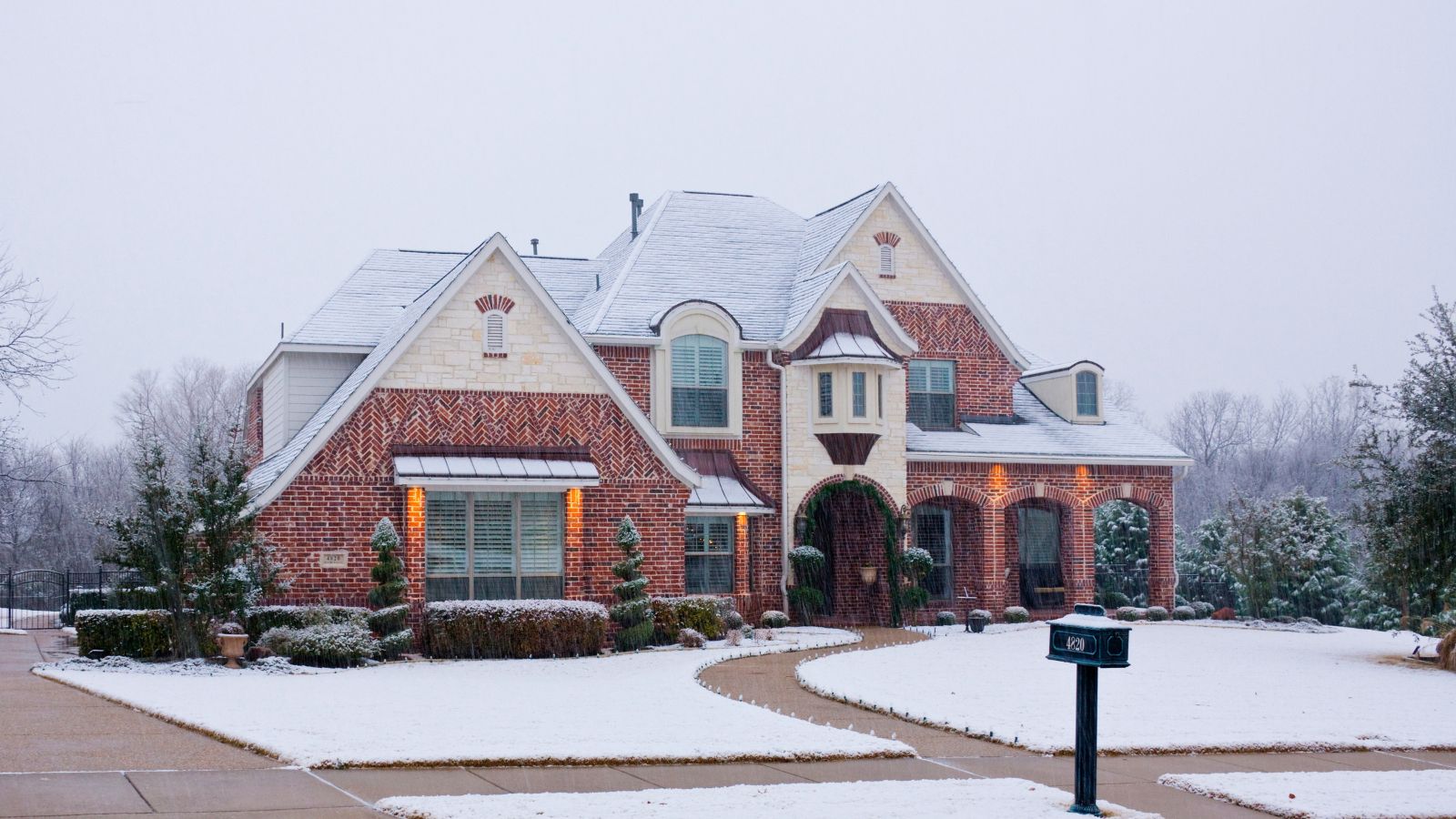
Icy weather means many of us have to contend with slippery paths, driveways, and decks. Ice melt is by far the best way to deal with this issue, but used incorrectly it can be toxic, and it can also be expensive. This means that many people turn to alternative methods.
However, not all of these techniques work. Some of these methods technically work, but aren't effective enough to clear an entire path, and some don't work at all.
I spoke to outdoor experts about which of these techniques actually work and which are pseudoscience. Here we detail the only ice melt alternatives that actually work, and go on to explain which options to avoid.
1. Try water softening salt

Water-softening salt is very similar to rock salt, so you can use it in almost the same way as rock salt to melt ice and grit outdoor surfaces. Like rock salt, water-softening salt is primarily made of sodium chloride. However, water-softening salt usually also contains potassium chloride.
Ice melt expert Angelika Zaber warns that though the two salts are similar, water-softening salt is usually less effective. 'When compared directly to rock salt, both products typically have a larger crystal texture and are usually made from sodium chloride. This allows both products to lower the freezing point of water, making it harder for ice to form and helping to melt existing ice.'
'However, water-softening salt may be less effective than rock salt since its melting abilities will vary based on purity and type. This means it could take longer to melt ice than rock salt, potentially creating hazards.'
Angelika adds that neither salt is good in the coldest climates. She says 'It is also important to remember that both rock salt and water-softening salt are not effective solutions for very cold climates, as sodium chloride products -unless mixed with other de-icers - are only effective at temperatures above 14°F. In colder conditions, it is recommended to explore alternative ice melts, such as calcium chloride-based products, which can remain effective at temperatures as low as -20°F.'
So, if you're in a pinch, you can use spare water-softening salt to clear your driveway. However, just like ice melt, you need to be careful. Water-softening salt can be incredibly damaging to your plants, drawing out their moisture and killing them. If you can, keep any salt well away from lawns and flowerbeds.
2. Use rubbing alcohol
As well as water-softening salt, rubbing alcohol can be an effective ice melt.
Angelika Zaber explains that 'Rubbing alcohol is effective at melting ice. It has a lower freezing point than water, just like salt, and can be applied to your windscreen as well as any other areas that need de-icing, including your driveway.'
Landscaping expert Ryan Farley agrees. 'I recommend and have used rubbing alcohol myself in a pinch. It’s actually pretty effective at melting ice, with the added benefit of making it harder for ice to form wherever you apply it. So, you don’t run the risk of melted ice re-freezing and becoming even more dangerous. I’ve used this on exterior steps, on my driveway, and also on my car if there’s a layer of ice on my windshield.'
Rubbing alcohol is easy to apply, too. Just fill a cheap spray bottle like this from Amazon with any liquid isopropyl alcohol.
However, like salts, rubbing alcohol isn't perfect. It can destroy grass and other plants, so you need to be very careful when you apply it to driveways.
3. Use sugar beet juice
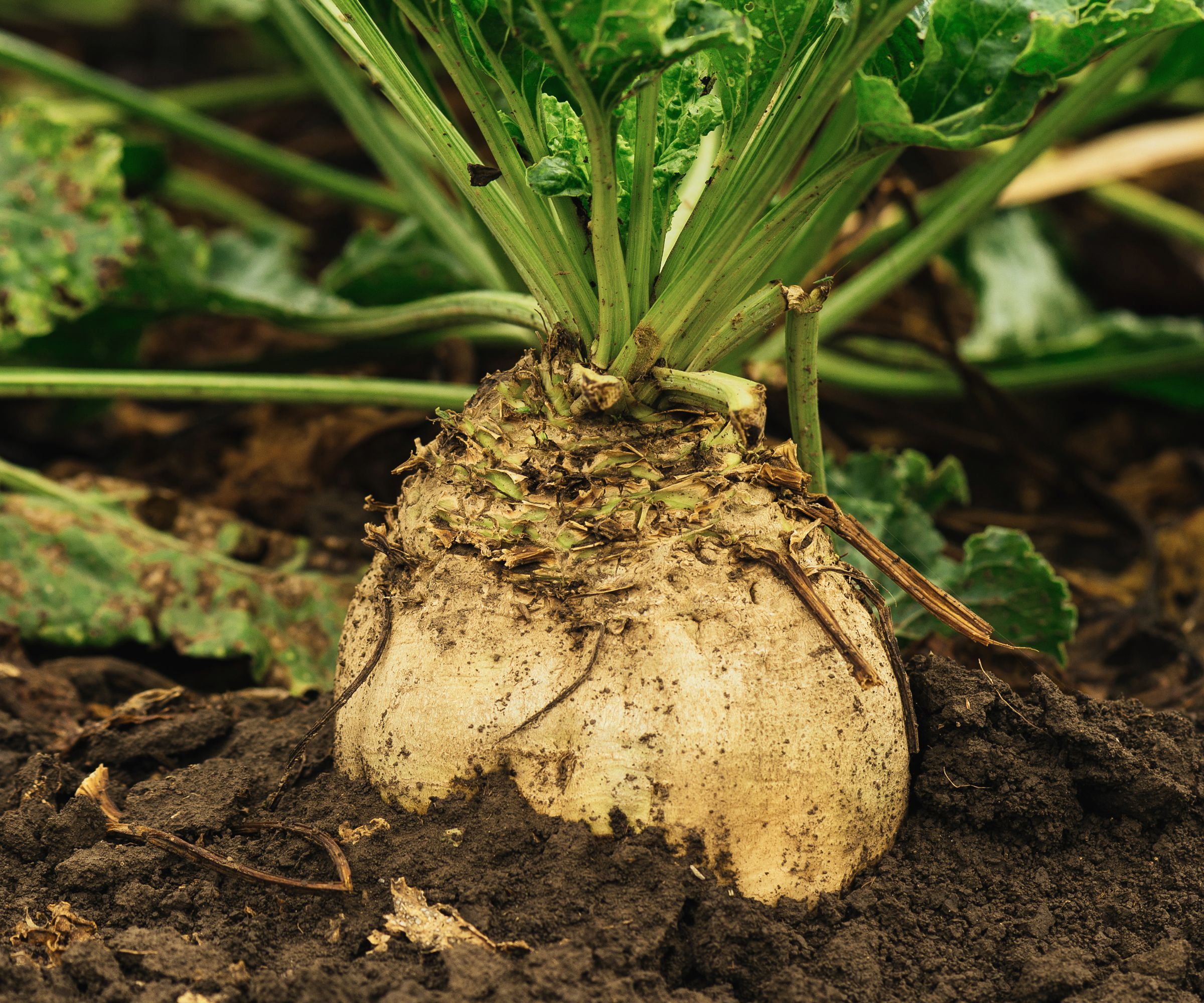
Among the most surprising ice melt alternatives is sugar beet juice. Angelika Zaber explains 'Sugar beet juice is an effective de-icer. Like water softening salt and rock salt, it works by lowering the freezing point of water. Additionally, it is less corrosive than salt and can be safely used on plants, grass, and new concrete.' The sugars in the beet make it harder for water to freeze, reducing the chance of ice forming.
It's easy to apply, too. Angelika says 'To use sugar beet juice, apply it evenly across icy or snowy surfaces with a spray bottle or watering can. It is generally effective at similar temperatures as salt-based ice melts, so if you live in a very cold climate, consider adding salt brine to your beet juice to enhance its effectiveness, allowing it to work in temperatures as low as -10°F.'
Just be sure to use golden or white sugar beets. You can achieve a similar effect with purple beetroot, but it's not as sugary as sugar beet, so it's less effective. Beetroots can also stain driveways and pavings purple, so should be avoided.
4. Avoid sand
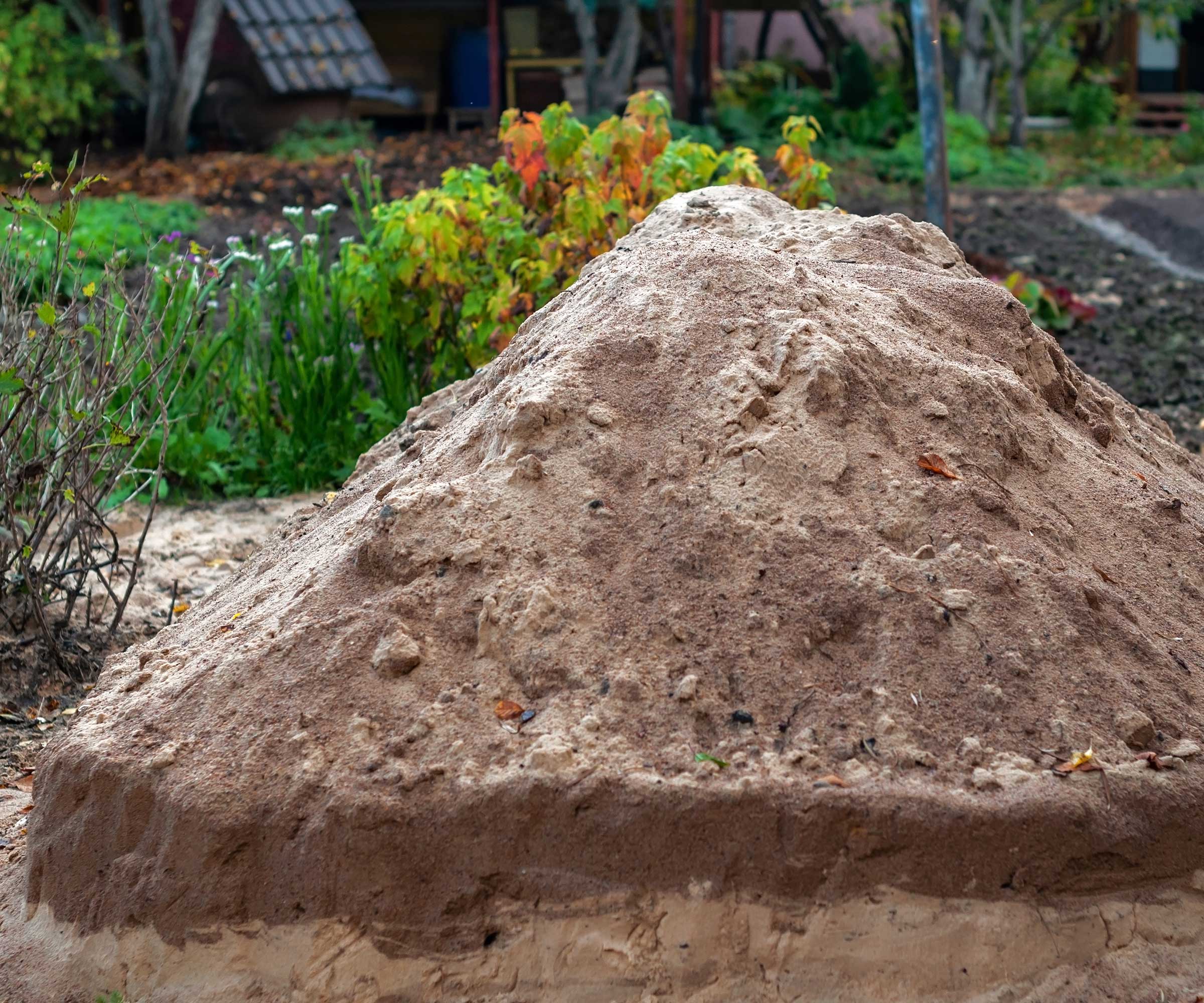
Sand is commonly cited as an ice melt alternative, but it doesn't melt ice. Sand is different to salt and won't significant lower water's melting's point. While sand can be useful for bringing traction to slippery surfaces, it won't melt them.
Angelika says 'Sand is not technically an ice melt since it does not have the ability to melt ice. Instead, applying a layer of sand on slippery surfaces allows both pedestrians and vehicles to get a better grip on the icy surfaces, reducing any potential hazards. If you are looking for a product that prevents ice and snow from forming, sand is not the right solution.'
5. Vinegar almost works - but isn't worth it
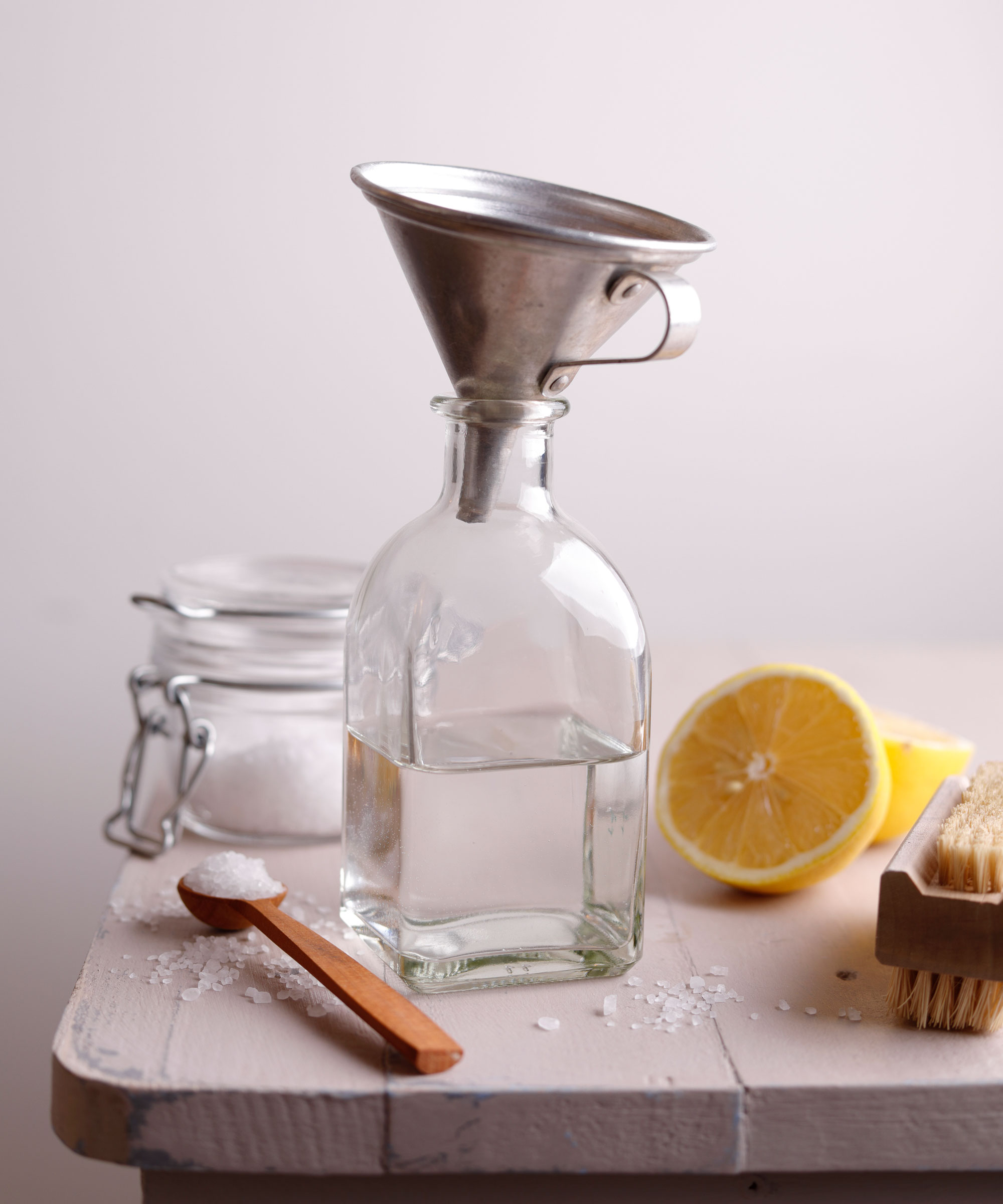
When it comes to ice melt alternatives, vinegar is another oft-quoted solution, and it's technically true. Vinegar has a lower melting point than water, so vinegar can melt ice. However, the effect is tiny, and isn't effective over large areas. It also leaves behind a malty vinegar smells, which you not want on your driveway or car.
Angelika explains that 'The acetic acid in vinegar helps to lower the melting point of ice, however, it is not as effective as other, commercial ice melts.'
If you still want to use vinegar, Angelika suggests 'For best results, make sure to mix equal parts of vinegar and hot water.' However, the hot water is doing a lot more to melt the ice than the vinegar, so it's not a true ice melt.
6. Don't use dish soap
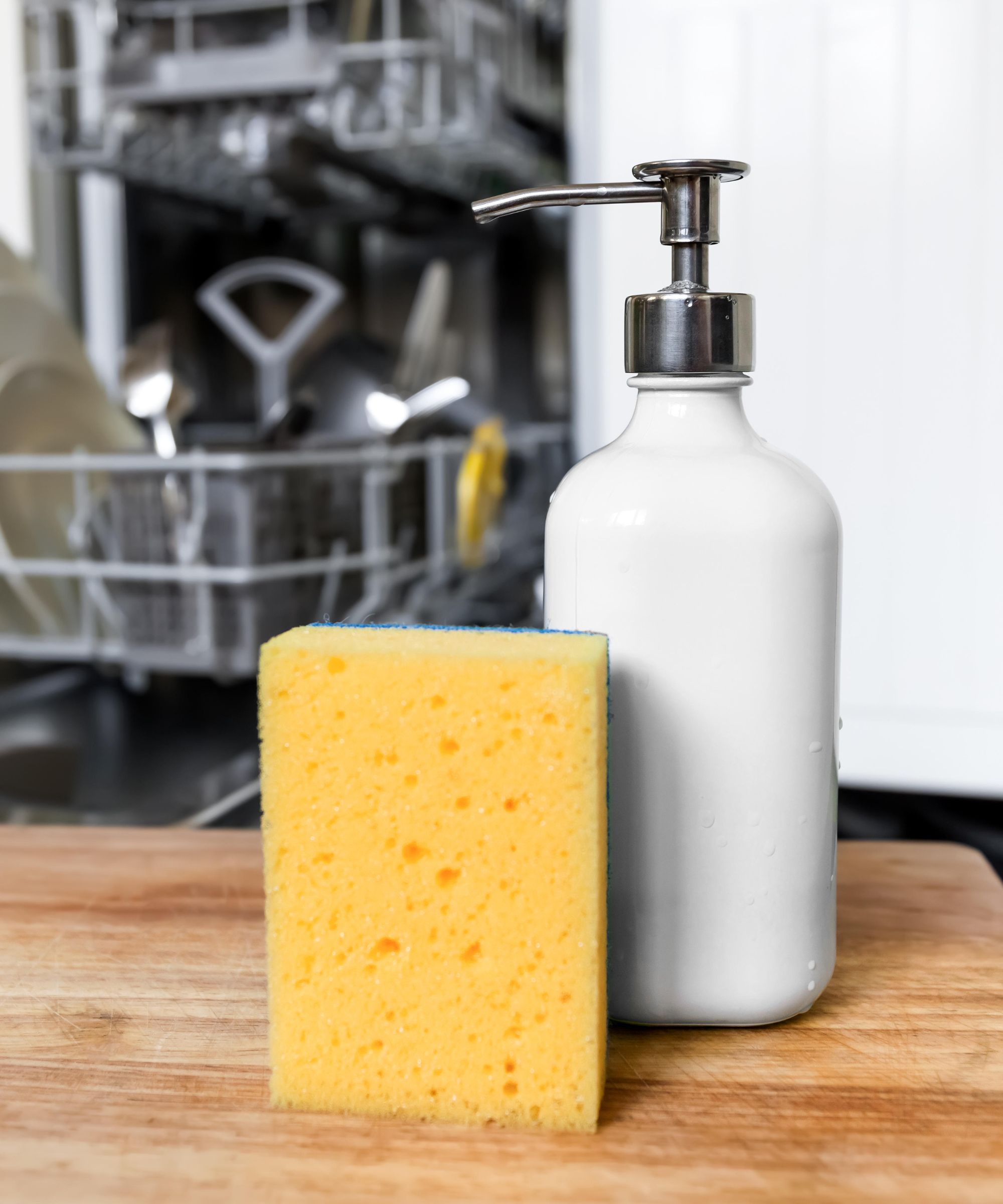
Dish soap is also often cited as a homemade de-icer. The logic seems obvious - some brands of dish soap like Dawn and Joy contain alcohol; if rubbing alcohol can melt ice, many people assume the same of dish soap.
However, the usual recipe is to mix dish soap with rubbing alcohol and hot water. However, the alcohol and hot water are doing much more than the soap. The soap is just there to emulsify the alcohol and water and make it easier for them to mix. The hot water is also doing more to melt the snow than the rubbing alcohol. This technique won't work in the coldest parts of the country, either, because that hot water will likely freeze into yet more ice. In the end it's a lot of hassle for a method that only just about works.
7. Kosher salt is too expensive
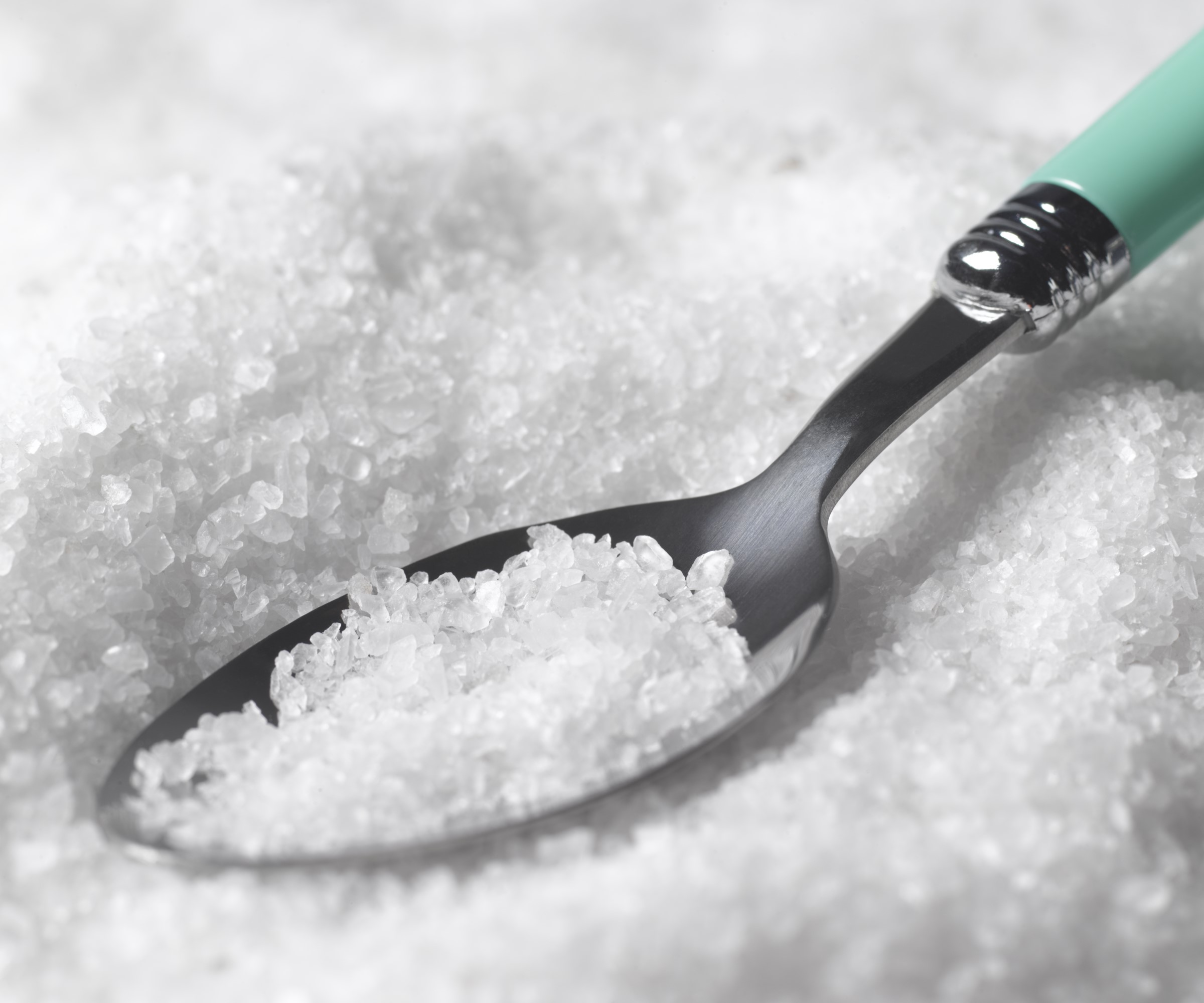
Finally, don't use kosher salt as an ice melt. This is more for economy than for any practical reason. Kosher salt will work just as well as rock salt and water-softening salt, but it's so expensive that it isn't economical to use it on a path or driveway. Kosher salt is much more expensive than typical rock salt, so there's no point in wasting it on de-icing.
FAQs
Are there any other ice melt alternatives?
Urea is another ice melt alternative. Angelika explains that 'Yes, urea is an ammonia-based ice melt effective at temperatures as low as 25°F, while also being a concrete- and pet-friendly solution. However, it is not suitable for very cold climates and can be quite expensive compared to other ice melts.' You can find prilled urea like this on Amazon.
While some of these alternatives can de-ice paths and patios in the winter, rock salt and ice melt are by far the most reliable way to remove and prevent ice. On top of that, it's worth learning how to winterize a deck or driveway before the ice sets in to minimize any problems before they start.







